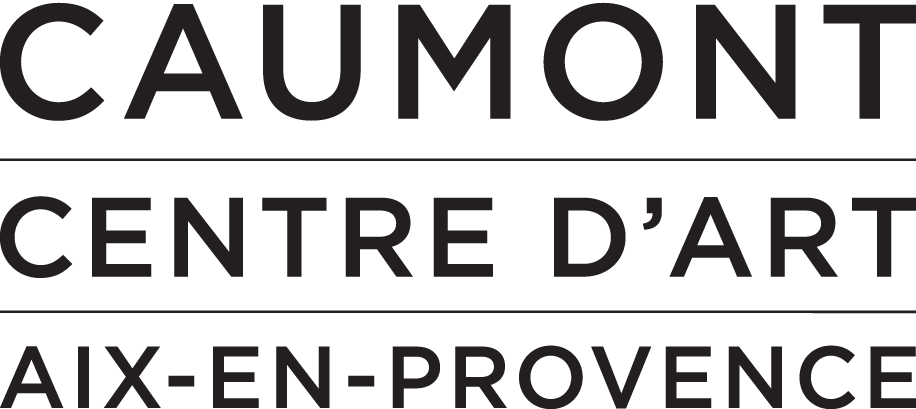Exhibition
Max Ernst
Mondes magiques, mondes libérés
This year, Caumont - Art Centre devotes its summer exhibition to the genius of Max Ernst (1891–1976). A learned and prodigious experimental artist, Max Ernst lived through the century of avant-garde movements with an insatiable thirst for creation and left behind a complex and highly personal oeuvre. An artist associated with the Dada group and surrealism, he followed a personal path by distancing himself from the group’s style and produced visionary works imbued with lucidity. The exhibition presents 120 works that retrace the career of this ingenious artist—who was a free and unique personality—and highlight, in particular, his close links with nature, games, magic, and freedom.
Although the scope of his oeuvre remains largely unknown to the general public, the extravagance and polysemy in Max Ernst’s works are impressive. Born in Germany, he established in 1919 a Dada community in Cologne and then went to Paris, where he took part from the beginning in the development of the surrealism of André Breton. He produced many collages and invented new techniques, such as frottage, which consisted of passing a lead pencil over rough surfaces. After being interned at the beginning of the Second World War not far from Caumont - Art Centre (in the Camp des Milles in Aix-en-Provence), Max Ernst fled France and sought refuge in the United States. He returned to France in 1953 and continued to work intensively on painting, drawing, sculpture and silverware.
Max Ernst never stopped reinventing his art throughout his career. His work is nourished by philosophy, psychoanalysis, science, alchemy, art history, literature and poetry. The exhibition focuses on the major themes of the worlds created by Max Ernst, by illustrating the recurrence of the themes that run through his work. A central section of the exhibition uses the four elements – water, air, earth and fire - which, according to ancient philosophical tradition and alchemy, make up all the matter in the natural world.
The artist’s oeuvre is disconcerting and remarkable. A great intellectual and humanist artist—in the neo-Renaissance sense of the term—, he continually defied perception by combininglogic and formal harmony with unfathomable enigmas, while the oneirism and fantastic coexist, creating landscapes with impenetrable mysteries. Forests of stones, chimeric animals, embodied masks, and anthropomorphic birds … the enigmatic and sometimes even oneiric beauty of Max Ernst’s works immerses the viewer in the extravagance of his magical and liberated world.
The exhibition benefits from exceptional loans from the Centre Pompidou, the Tate, the Guggenheim in Venice, the Musée Cantini, the Max Ernst Museum in Brühl, and many private collectors who wish to remain anonymous.
This exhibition has been produced in collaboration with Madeinart.
The team
Curatorship
Martina Mazzotta is an art historian, author, and lecturer who studied philosophy. Brought up in the artistic environment of the publishing house Mazzotta Foundation in Milan, she studied in Germany and now lives in London, where she is a researcher associated with the Warburg Institute/UCL. She has curated many exhibitions in Italy and abroad—which have had a considerable impact on research into Kandinsky, Ciurlionis, Cage, Dubuffet, Ernst, and surrealism—, as well as contemporary art projects that have received awards. Her research focuses on the cabinets of curiosities of the late Renaissance and their legacy over the centuries. This exhibition is her second collaboration with Jürgen Pech, with whom she previously shared the curatorship of the Max Ernst retrospective in Milan from October 4, 2022 to February 26, 2023.
Dr. Jürgen Pech has been an exhibition curator since 1984 and his specialisations are classical modernism, contemporary art, and photography. He was awarded the curatorship prize in 2019 for the exhibition and catalogue ‘Ruth Marten – Dream Lover’. Scientific Director and Head Curator of the Max Ernst Museum in Brühl from 2005 to 2021, he has been writing a catalogue raisonné of Max Ernst’s oeuvre since 2007.Selected publications: ‘Max Ernst – Portraits photographiques et documents’ (1991),’Max Ernst – Mondes graphiques’ (2003), ‘Max Ernst – Oeuvres sculpturales’ (2005), ‘Max Ernst – D-paintings. Voyage dans le temps de l’amour’ (2019), and ‘Créatures animales surréalistes’ (2021).
Scenography
Hubert le Gall, who is a French designer, artist, and contemporary art sculptor, has created original scenographies for many exhibitions, in particular at Caumont - Art Centre: ‘Joaquín Sorolla: Spanish Master of Light’ (2020), ‘Hokusai, Utamaro, Hiroshige … the Great Masters of Japan. The Georges Leskowicz Collection’ (2019), ‘Masterpieces from the Guggenheim Foundation: From Manet to Picasso. The Thannhauser Collection’ (2019), ‘Nicolas de Staël in Provence’ (2018), and ‘Sisley the Impressionist’ (2017).
Production and organization
Emmanuelle Lussiez, Exhibitions Director, Culturespaces ; Milly Passigli, Deputy Director of Exhibition Programming ; Madeleine Balansino, Head of Exhibitions at Caumont - Art Centre ; Livia Lérès et Domitille Sechet, responsible for iconography at Culturespaces.
The visit application
For visitors with a smartphone, download the visit application on your mobile now and enjoy 2 tours: "Permanent Collection" and "Temporary Exhibition".
- The "permanent collection tour" contains a 35-minute guided tour to explore Caumont - Art Centre and its finest works. Free tour.
- The "temporary exhibition tour" allows you to discover the major works of the exhibition through some twenty audio comments. Paid tour 2,49 €
> Available on Appstore
> Available on Google Play
























